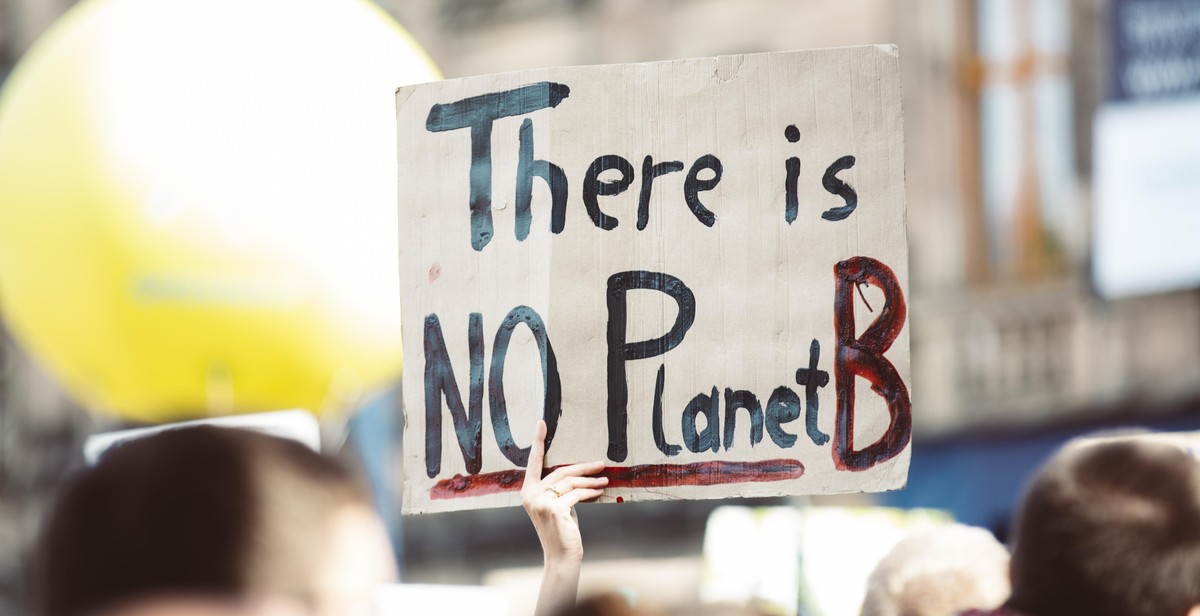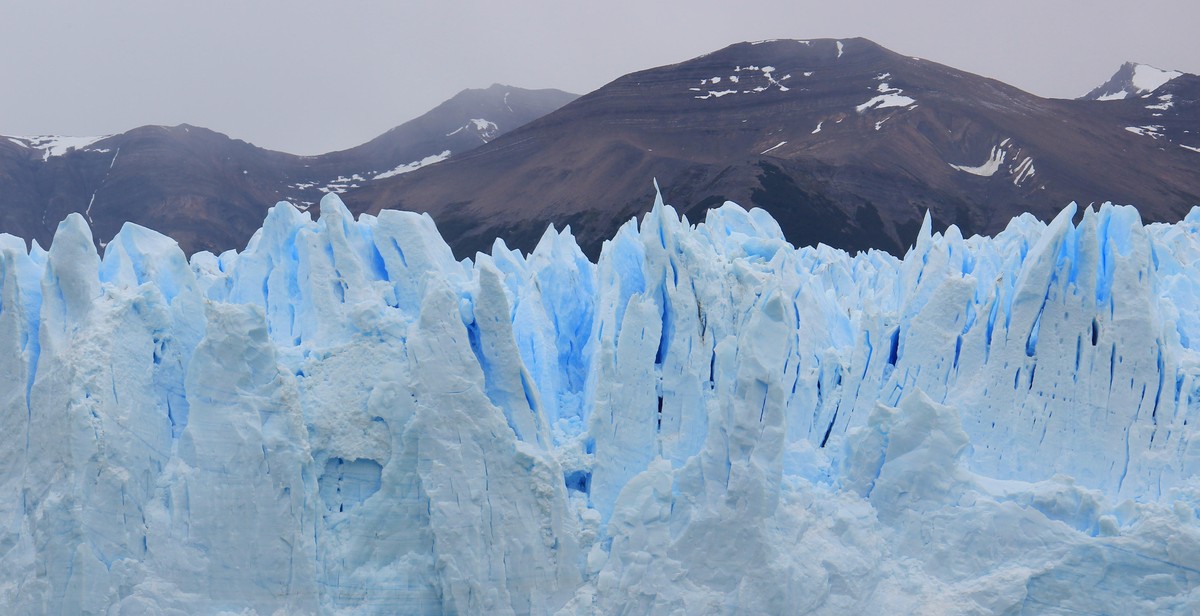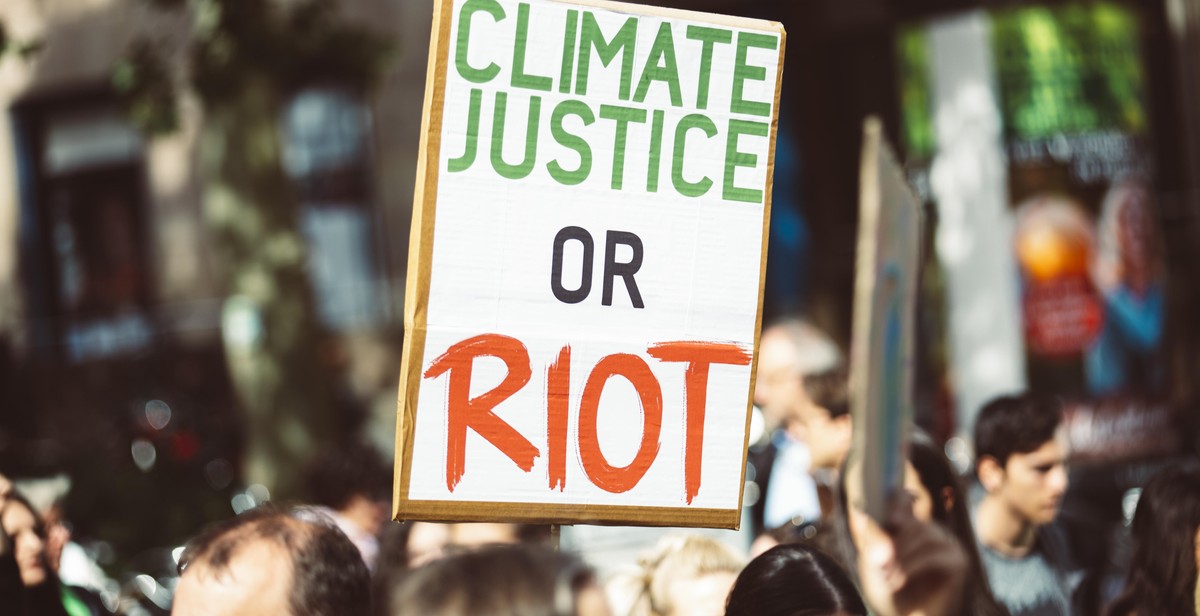How to Understand Climate Change: Exploring the Science and Impacts of Climate Change
Climate change is a complex and multifaceted issue that affects all aspects of our lives. It is a global phenomenon that has significant impacts on the environment, economy, and society. Understanding climate change is crucial to developing effective strategies to mitigate its impacts and adapt to the changes that are already happening.
This article aims to provide a comprehensive overview of the science behind climate change, its causes, and the impacts it has on our planet. We will also explore the different ways in which climate change affects our daily lives and the actions we can take to reduce our carbon footprint and help combat climate change.
What is Climate Change?
Climate change refers to the long-term changes in the Earth’s climate, including changes in temperature, precipitation, and weather patterns. These changes are largely caused by human activities, including the burning of fossil fuels, deforestation, and industrial processes.
The Science Behind Climate Change
The science behind climate change is complex, but it is based on a few key principles. The most important of these is the greenhouse effect, which is the process by which greenhouse gases in the atmosphere trap heat from the sun and warm the Earth’s surface.
- Carbon dioxide (CO2) is the most important greenhouse gas, but other gases like methane (CH4) and nitrous oxide (N2O) also contribute to the greenhouse effect.
- The concentration of CO2 in the atmosphere has increased by more than 40% since the pre-industrial era, largely due to the burning of fossil fuels.
- This increase in greenhouse gases is causing the Earth’s temperature to rise, leading to a range of impacts on the environment and society.
The Impacts of Climate Change
Climate change has a wide range of impacts on the environment, including rising sea levels, more frequent and severe weather events, and changes in ecosystems and wildlife populations. It also affects human health, food security, and economic stability.
| Environmental Impacts | Human Impacts |
|---|---|
| Rising sea levels | Increased risk of heat-related illnesses |
| More frequent and severe weather events | Food and water insecurity |
| Changes in ecosystems and wildlife populations | Displacement and migration of people |
In the next sections of this article, we will explore each of these impacts in more detail and discuss the actions we can take to mitigate and adapt to them.

What is Climate Change?
Climate change refers to the long-term changes in the Earth’s climate, including temperature, rainfall, and wind patterns. These changes are caused by various factors, including natural processes and human activities.
Definition of Climate Change
Climate change is a complex phenomenon that involves changes in the Earth’s climate system over a long period of time. It is caused by a combination of natural processes and human activities, which can lead to changes in temperature, precipitation, and other climate variables.
The Intergovernmental Panel on Climate Change (IPCC) defines climate change as “a change in the state of the climate that can be identified (e.g., by using statistical tests) by changes in the mean and/or the variability of its properties and that persists for an extended period, typically decades or longer.”
Causes of Climate Change
Climate change is caused by a combination of natural processes and human activities. Natural factors such as solar radiation, volcanic activity, and changes in the Earth’s orbit can cause climate to change over long periods of time.
However, human activities such as burning fossil fuels, deforestation, and industrial processes are also significant contributors to climate change. These activities release large amounts of greenhouse gases into the atmosphere, which trap heat and cause the Earth’s temperature to rise.
| Natural Causes | Human Causes |
|---|---|
|
|
It is important to note that while natural factors have played a role in climate change in the past, the current changes in the Earth’s climate are primarily caused by human activities.

The Science Behind Climate Change
Climate change is a phenomenon that has been occurring for millions of years. However, the rate at which it is currently happening is unprecedented. The primary cause of climate change is the greenhouse effect, which is the process by which certain gases in the atmosphere trap heat from the sun and prevent it from escaping back into space.
The Greenhouse Effect
The greenhouse effect is a natural process that keeps the Earth’s temperature at a livable level. Without it, the Earth would be too cold to support life. However, human activities have increased the concentration of greenhouse gases in the atmosphere, leading to an enhanced greenhouse effect and global warming.
The most significant greenhouse gases are carbon dioxide (CO2), methane (CH4), and nitrous oxide (N2O). These gases are released into the atmosphere through human activities such as burning fossil fuels, deforestation, and industrial processes.
Impact of Human Activities on Climate Change
The impact of human activities on climate change is significant and far-reaching. The burning of fossil fuels such as coal, oil, and gas is the largest contributor to greenhouse gas emissions. These emissions have led to an increase in global temperatures, changes in precipitation patterns, and rising sea levels.
Deforestation is another significant contributor to climate change. Trees absorb CO2 from the atmosphere, and when they are cut down, this carbon is released back into the atmosphere. Deforestation also reduces the number of trees available to absorb CO2, further exacerbating the problem.
Other human activities that contribute to climate change include transportation, agriculture, and waste disposal. The use of cars, trucks, and airplanes releases CO2 and other greenhouse gases into the atmosphere. Agriculture contributes to climate change through the use of fertilizers and livestock production, which release large amounts of methane and nitrous oxide.
| Greenhouse Gas | Source |
|---|---|
| Carbon Dioxide (CO2) | Burning of fossil fuels, deforestation, and industrial processes |
| Methane (CH4) | Landfills, livestock production, and natural gas and oil systems |
| Nitrous Oxide (N2O) | Agriculture, fossil fuel combustion, and industrial processes |
In conclusion, climate change is a complex issue caused by a combination of natural and human factors. The greenhouse effect is a natural process that keeps the Earth’s temperature at a livable level, but human activities have increased the concentration of greenhouse gases in the atmosphere, leading to an enhanced greenhouse effect and global warming.

Impact of Climate Change
Climate change is among the most significant environmental challenges that we face today. Its impacts are already being felt in various ways, and it poses a grave threat to the planet’s ecosystems, human health, and economic development. Here are some of the impacts of climate change:
Rising Sea Levels
One of the most visible impacts of climate change is the rising sea levels. As the planet warms, the glaciers and ice caps in the polar regions are melting at alarming rates, causing the sea levels to rise. This rise in sea levels is already causing flooding in low-lying areas and threatening the existence of many coastal communities.
Extreme Weather Conditions
Climate change is also causing extreme weather conditions such as droughts, floods, and heatwaves. These weather events are becoming more frequent and severe, leading to crop failures, water shortages, and loss of lives.
Effects on Ecosystems and Biodiversity
Climate change is also having a significant impact on ecosystems and biodiversity. As temperatures rise, many species are being forced to migrate to cooler regions, disrupting the delicate balance in ecosystems. This, in turn, is leading to the extinction of many species, and loss of biodiversity.
| Impacts of Climate Change | |
|---|---|
| Rising Sea Levels | Causing flooding in low-lying areas and threatening the existence of many coastal communities. |
| Extreme Weather Conditions | Leading to crop failures, water shortages, and loss of lives. |
| Effects on Ecosystems and Biodiversity | Disrupting the delicate balance in ecosystems, leading to the extinction of many species, and loss of biodiversity. |
These impacts of climate change are just the tip of the iceberg. If we do not take urgent action to address this issue, the consequences could be catastrophic. It is time for us to act now and take responsibility for the health of our planet.

Mitigating Climate Change
Climate change is a pressing issue that requires immediate action to reduce its impacts. One of the most effective ways to mitigate climate change is to reduce greenhouse gas emissions.
Reducing Greenhouse Gas Emissions
Reducing greenhouse gas emissions is essential to mitigate climate change. This can be achieved through various measures such as:
- Increasing energy efficiency in buildings, transportation, and industry
- Switching to low-carbon energy sources such as renewable energy
- Reducing deforestation and promoting reforestation
- Adopting sustainable agricultural practices
Renewable Energy
Renewable energy is a key solution to mitigating climate change. It is a clean and sustainable energy source that emits little to no greenhouse gases. Renewable energy sources include:
- Solar power
- Wind power
- Hydro power
- Geothermal power
Carbon Capture and Storage
Carbon capture and storage (CCS) is a technology that captures carbon dioxide emissions from power plants and industrial processes and stores them underground. CCS can significantly reduce greenhouse gas emissions from these sources.
| Advantages of CCS | Disadvantages of CCS |
|---|---|
| Significantly reduces greenhouse gas emissions | Expensive to implement |
| Can be retrofitted to existing power plants | Requires large amounts of energy |
| Can be used in conjunction with renewable energy sources | May have potential environmental risks |
Overall, mitigating climate change requires a multifaceted approach that involves reducing greenhouse gas emissions, promoting renewable energy, and implementing carbon capture and storage technology. By taking action now, we can help mitigate the impacts of climate change and create a more sustainable future for ourselves and future generations.

Adapting to Climate Change
As the impacts of climate change become more severe, adaptation measures are becoming increasingly important. Here are some of the key areas where adaptation is necessary:
Climate Resilient Infrastructure
Climate resilient infrastructure is designed to withstand the impacts of climate change, such as flooding, extreme heat, and sea level rise. This includes everything from buildings and roads to water and sewage systems. By investing in climate resilient infrastructure, communities can reduce the risk of damage and disruption caused by climate-related events.
Water Management
Water management is critical for adapting to climate change, as changes in precipitation patterns and increased evaporation rates can lead to water shortages and droughts. Effective water management strategies can include water conservation measures, such as low-flow toilets and showerheads, as well as water reuse and recycling systems. Additionally, communities can invest in infrastructure to capture and store rainwater, reducing the risk of flooding and providing a source of water for non-potable uses.
Agriculture and Food Security
Climate change is expected to have significant impacts on agriculture and food security, with changes in temperature and precipitation patterns affecting crop yields and food production. Adaptive measures can include the development of drought-resistant crops, changes in crop rotations and planting dates, and investments in irrigation and water management systems. Additionally, communities can promote local food production and reduce food waste to increase food security in the face of climate change.
Table: Examples of Adaptation Measures
| Area | Examples of Adaptation Measures |
|---|---|
| Climate Resilient Infrastructure | Green roofs, porous pavement, sea walls |
| Water Management | Water reuse systems, rainwater harvesting, low-flow toilets and showerheads |
| Agriculture and Food Security | Drought-resistant crops, changes in crop rotations and planting dates, food waste reduction |

Conclusion
Climate change is a complex and multifaceted issue that affects every aspect of life on earth. It is crucial that we understand the science behind climate change and the impacts it has on our planet and its inhabitants.
Through this exploration of the science and impacts of climate change, we have learned that it is caused by human activities such as burning fossil fuels, deforestation, and industrial processes. The resulting increase in greenhouse gases in the atmosphere leads to rising temperatures, sea level rise, and extreme weather events.
It is up to all of us to take action to mitigate the effects of climate change. We can reduce our carbon footprint by driving less, using energy-efficient appliances, and consuming less meat. We can also advocate for government policies that prioritize renewable energy sources and protect natural habitats.
It is essential that we continue to educate ourselves and others about climate change and its impacts. By staying informed and taking action, we can work towards a more sustainable and resilient future for ourselves and future generations.
| Key Takeaways: |
|
